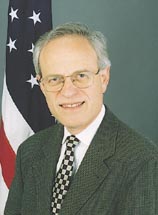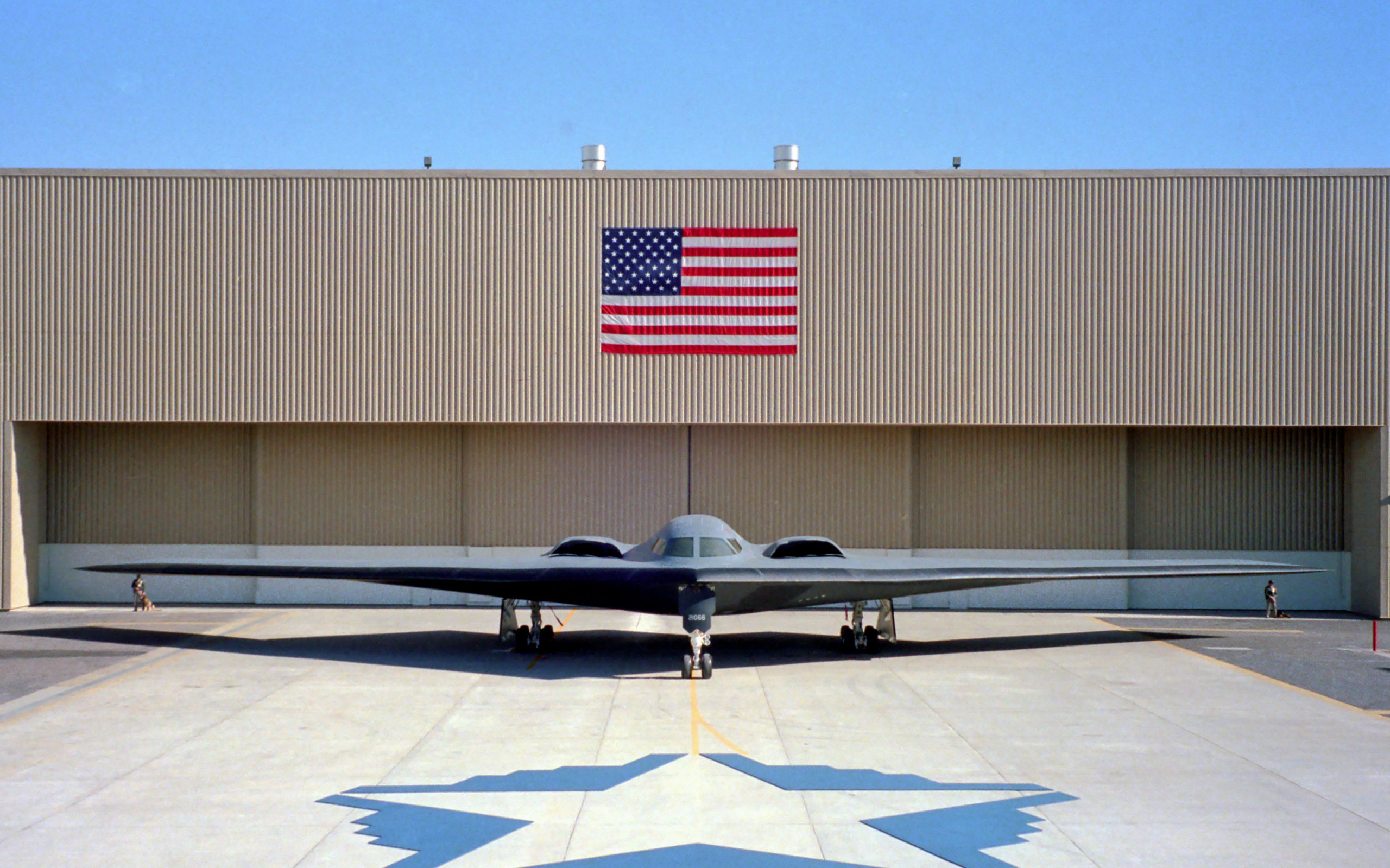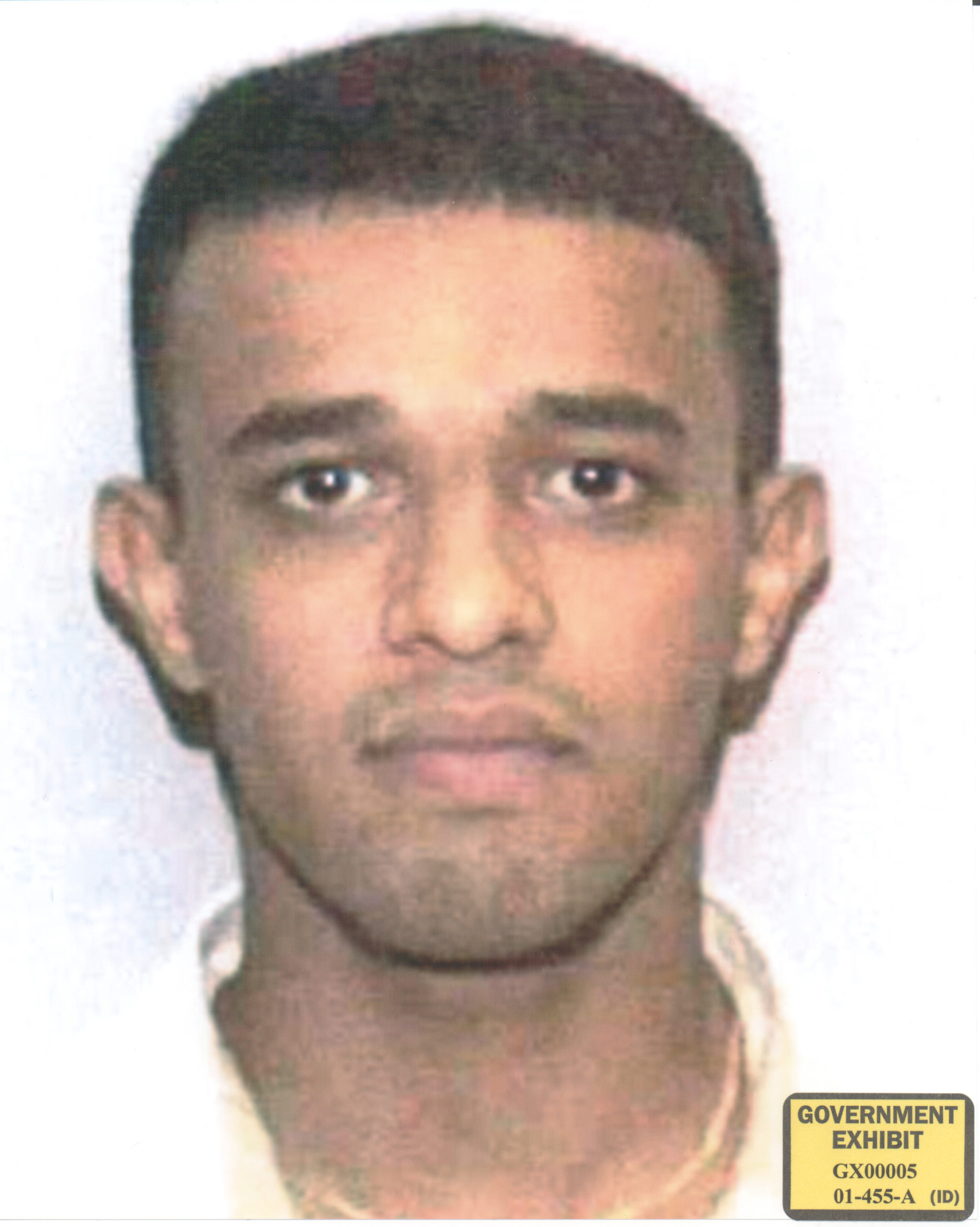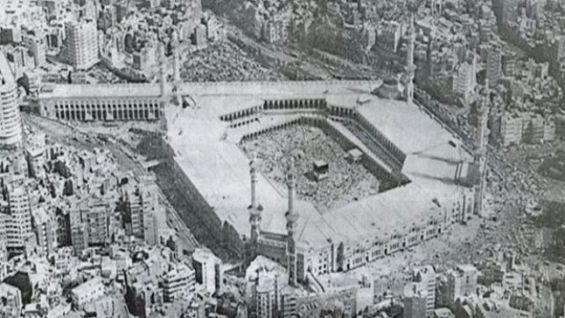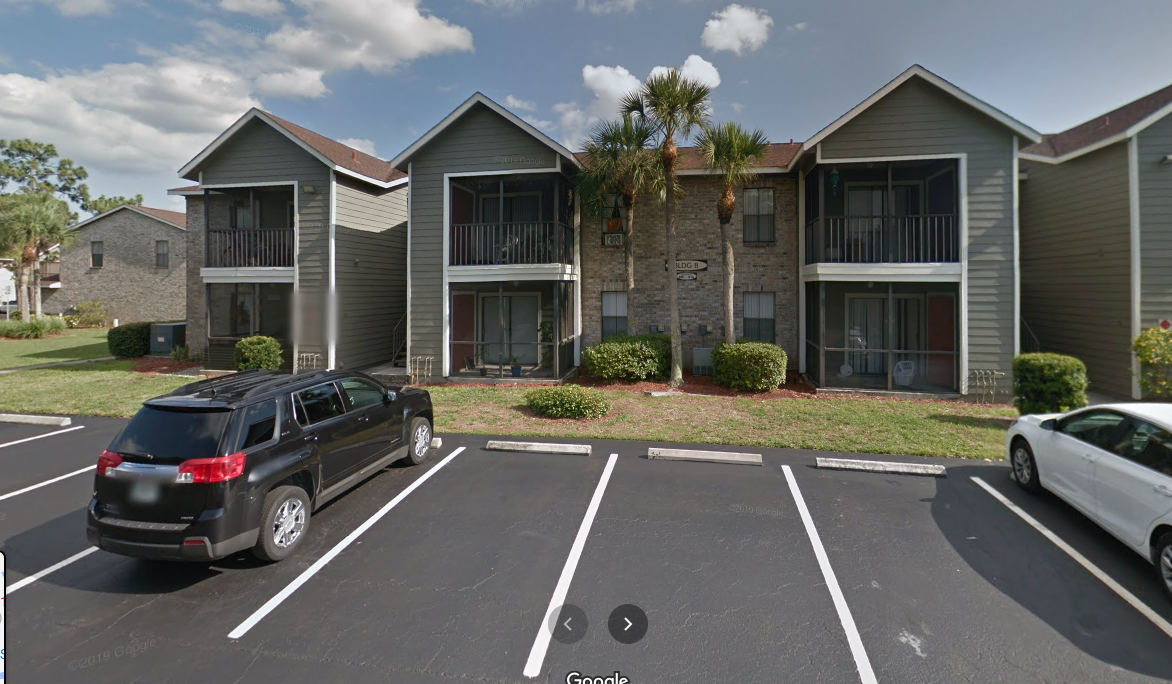The “Hamburg Four” begin their journey to join al Qaeda, ultimately being assigned to Khalid Sheikh Mohammed’s “planes operation.”
Ziad Jarrah flies from Hamburg, Germany to Karachi, Pakistan via Istanbul, on Turkish Airlines flight 1662 and the 1056, the first of the “Hamburg Four” to fly to Afghanistan. He stays in Pakistan for two months.
According to the interrogations of Ramzi Binalshibh, one of the four (and now in Guantanamo), sometime in 1999, the four decided to act on their beliefs and to pursue jihad against the Russians in Chechnya. They were advised that it was difficult to get to Chechnya and that they should go to Afghanistan first. The four then traveled separately to Quetta in Pakistan, meeting with a trusted representative, who arranged their passage to Kandahar.
In Afghanistan, the four have an audience with Osama bin Laden and pledge loyalty, knowing that they were volunteering for a martyrdom operation. They were instructed to enroll in flight training. Mohammed Atta was chosen to lead the group, and before they left Afghanistan, he met with bin Laden and received a preliminary list of targets: the World Trade Center, the Pentagon and the U.S. Capitol. (See 911 Commission, p. 166; 911 Commission, Staff Statement 16, p. 3)
